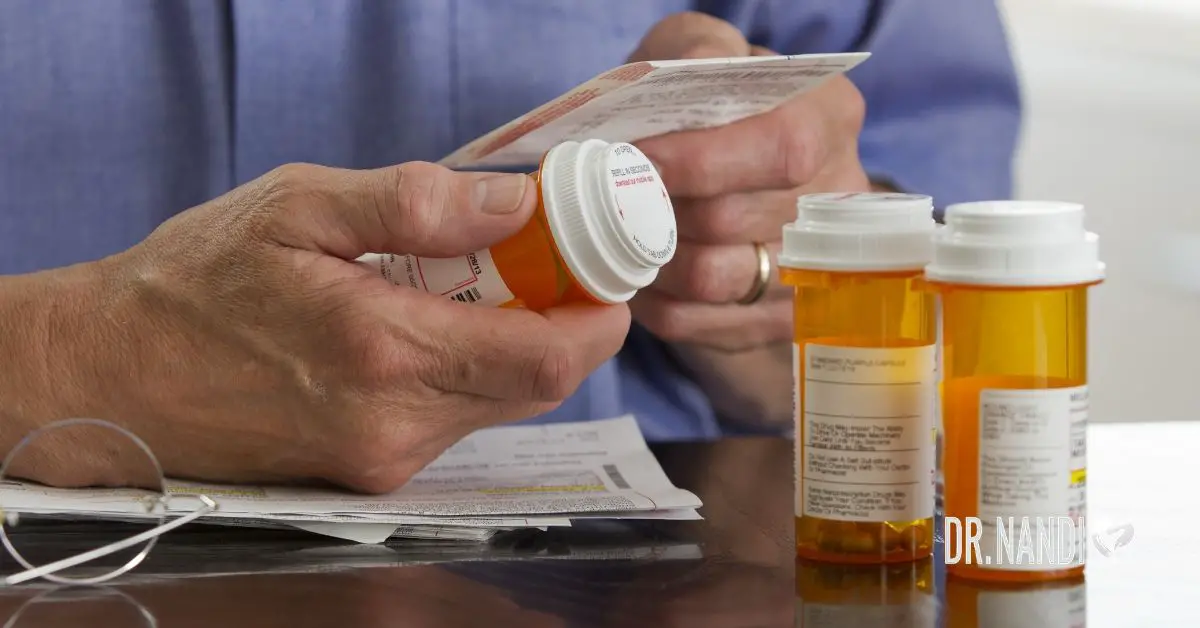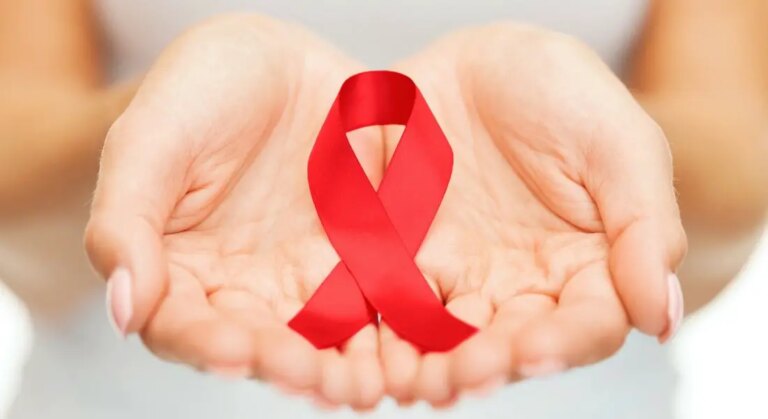A blood pressure medication from Accord Healthcare was recalled due to an error in labeling. The good news is that the FDA has not received any reports of adverse events connected to the recall. The bad news is that this mix-up could lead to life-threatening situations. A pharmacy found a 100-count bottle labeled as 12.5-milligram Hydrochlorothiazide tablets. The only problem was that what was inside the bottle wasn’t 12.5-milligram Hydrochlorothiazide tablets – it was Spironolactone.
How Could This Mix-Up Be Life-Threatening?
Both Hydrochlorothiazide and Spironolactone can be used to treat high blood pressure. However, how they work is very different. Spironolactone prompts the body to store potassium. This can cause hyperkalemia, which means a high level of potassium in the blood. Hyperkalemia can be life-threatening because too much potassium can affect proper heart function. Instead of pumping blood normally, the heart could flutter rapidly, stop beating altogether, and even cause death. Someone with high levels of potassium may experience weakness, fatigue, nausea, paralysis, a slow heart rate, or arrhythmia (abnormal heart rhythm).
I Take Hydrochlorothiazide. How Can I Tell if I Have The Proper Pill?
If you’re taking Hydrochlorothiazide tablets, make sure your pills are a light orange color and round shape. One side should have a letter ‘H’ and the other side should have a number ‘1’. If you have any issues or concerns with your pills, you can see your family doctor and return the tablets to your pharmacy. Fortunately, only a single bottle was discovered to be labeled incorrectly. However, the entire lot was recalled to err on the side of caution. Just as with recalls, errors can happen. Your prescriptions should have a description of the contents as part of the label. So always look at your medication before taking it to make sure you’ve received the correct drug.
What Am I Looking For To Ensure I Have Correct Medication?
- Appearance – make sure all refills match the pills you received in the past. Check the color, shape, and imprint for consistency. If anything is different, bring this to the attention of your pharmacist.
- Communication – Familiarize yourself with all new medications. Make sure you know the name, dosage, and directions for all medications you’re taking.
- Awareness – Mistakes can happen. Especially in the digital age, one wrong click of a button can send an incorrect medication to the pharmacy. Be your own best advocate and make sure you know what to expect.
- Check The Label – When you get a prescription filled for the first time, make sure the pill bottle matches what your doctor prescribed. Don’t hesitate to request a consult with the pharmacist, especially if the label does not have a product description.




















